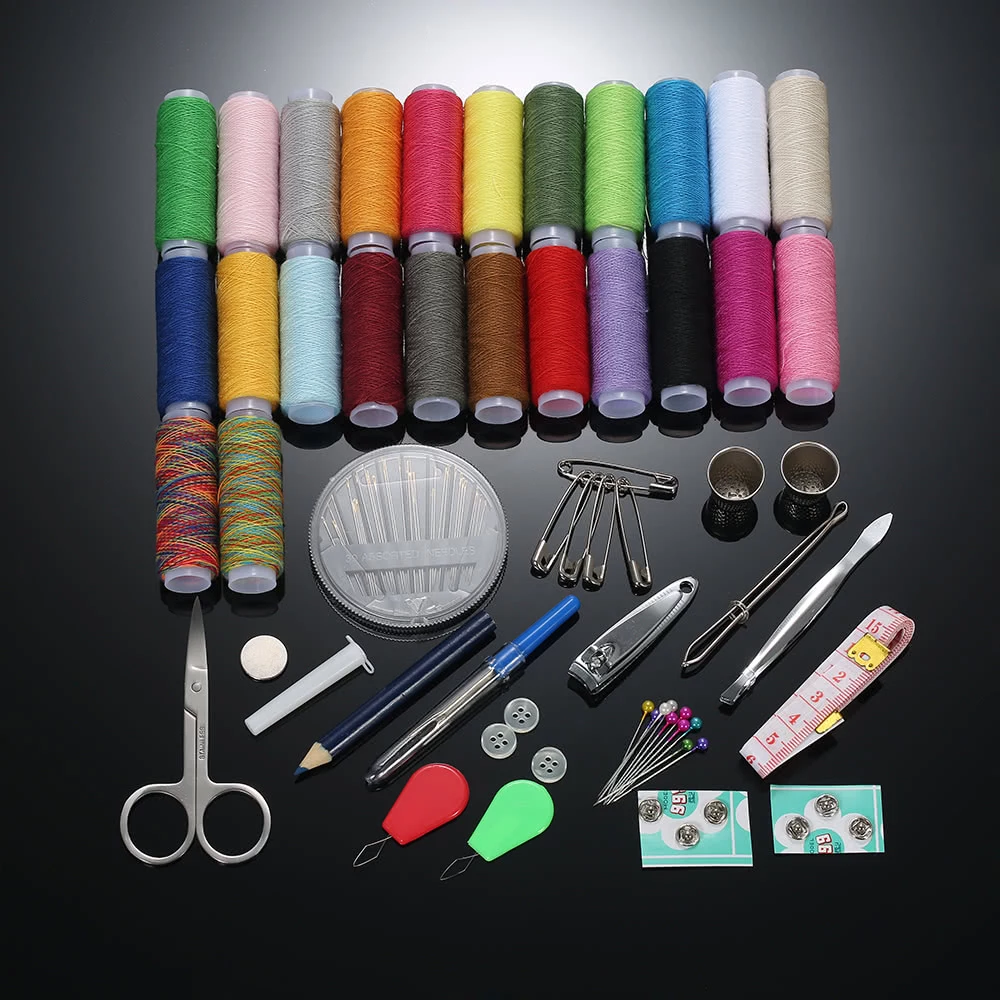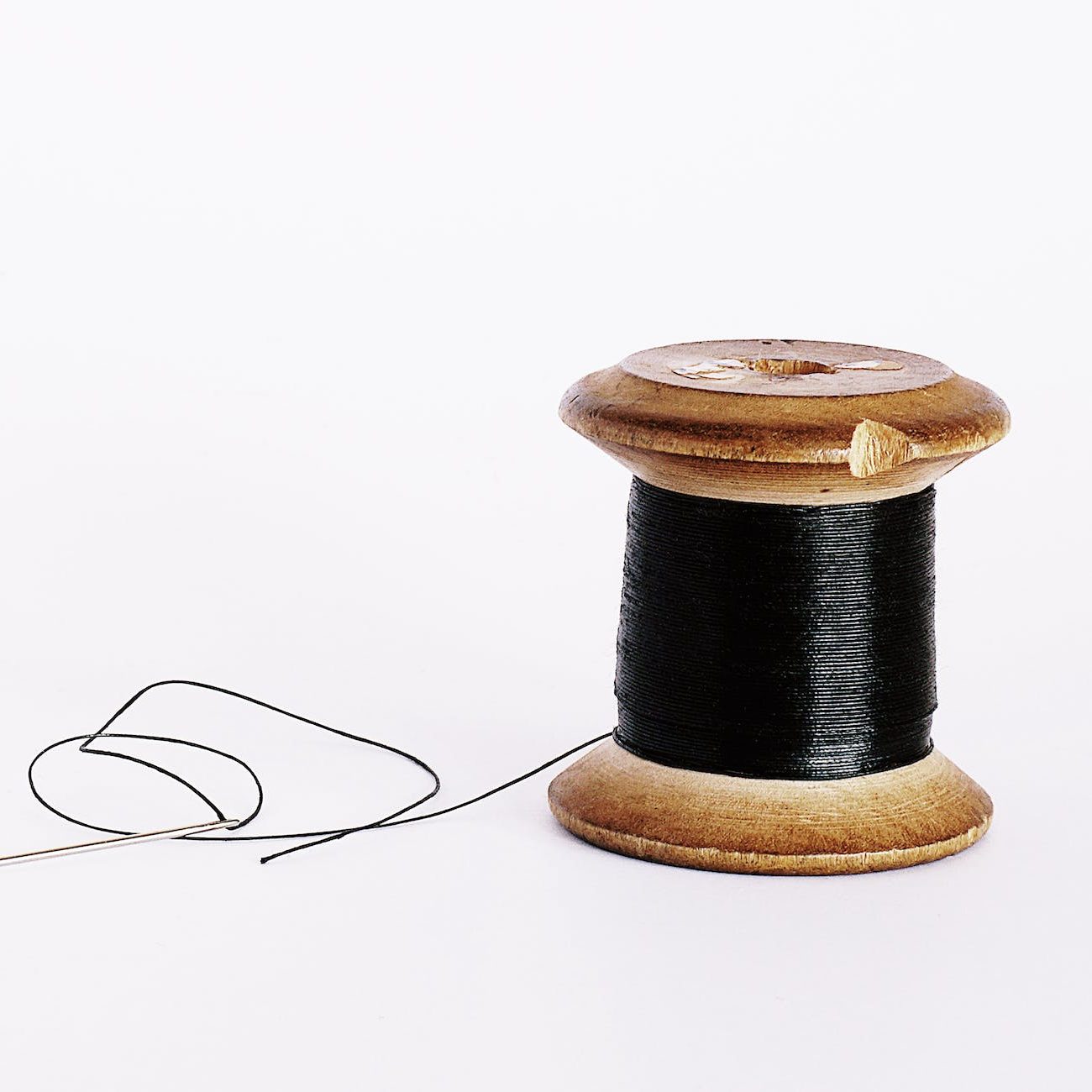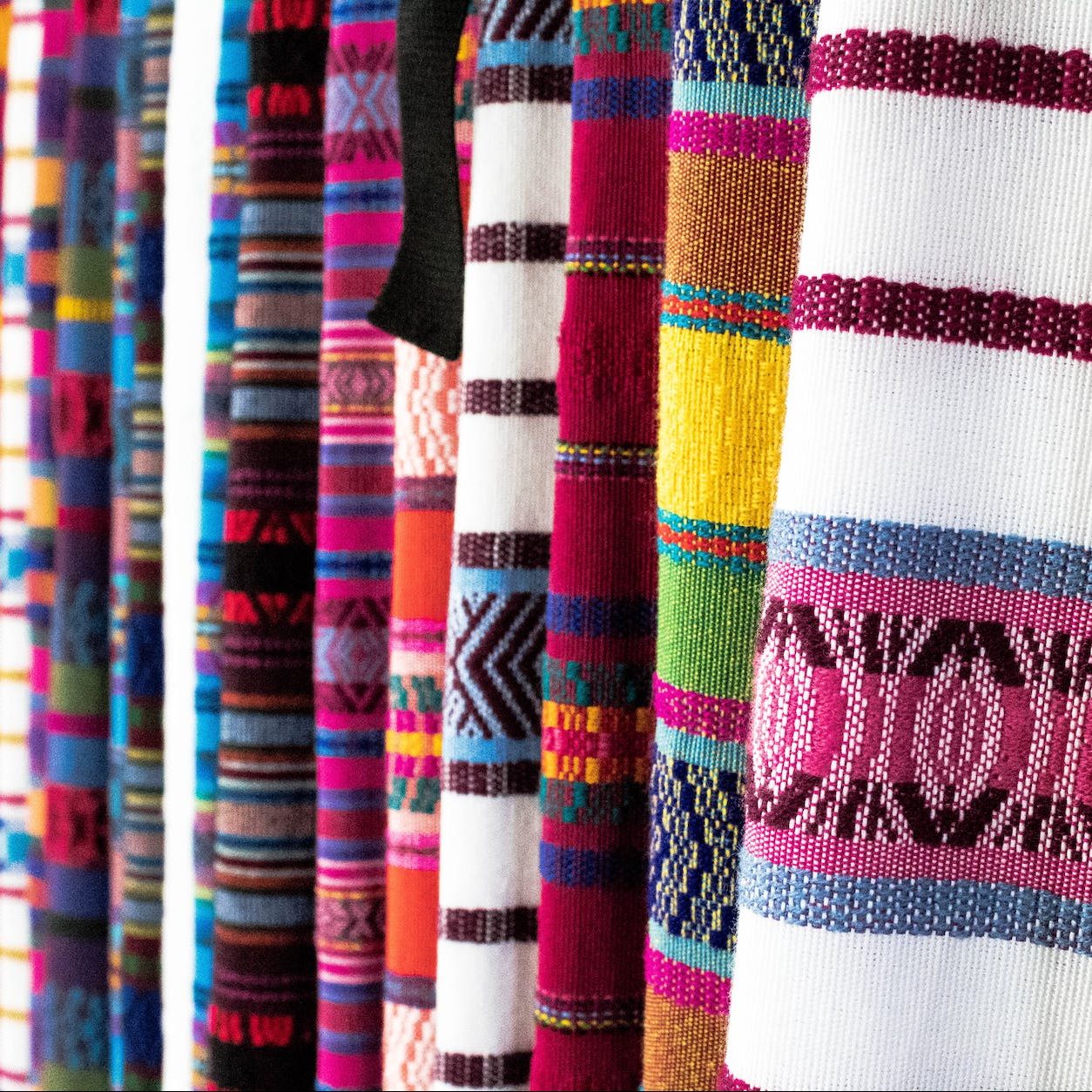Sewing is a wonderful hobby and an important skill to have. Whether you are a beginner or an experienced seamstress, you need the right tools to complete your projects successfully. A well-stocked sewing kit includes not only the basics such as thread, fabric, and patterns, but also a variety of accessories that will make your life easier and your projects more efficient. Here, we’ll take a look at the must-have accessories for your sewing kit that will help you take your sewing to the next level.
Essential Sewing Tools
Before we dive into the must-have accessories, let’s first go over some of the essential sewing tools that every kit should have. These are the basic tools that will help you get started and complete most projects.
Scissors
The first essential accessory in your sewing kit should be a good pair of scissors. Scissors are the most used tool in sewing, so it’s important to invest in a good pair that will last for years. Look for scissors that have comfortable handles and sharp blades that can easily cut through fabric. A pair of fabric scissors and a pair of embroidery scissors are the minimum you should have.
Pins and Needles
Pins and needles are the second essential item in your sewing kit. Pins are used to hold fabric in place while you sew, while needles are used for hand-stitching or sewing on buttons. Look for straight pins with a sharp point and a large head to make it easier to remove them from your fabric. A pack of assorted needle sizes will also come in handy for various sewing projects.
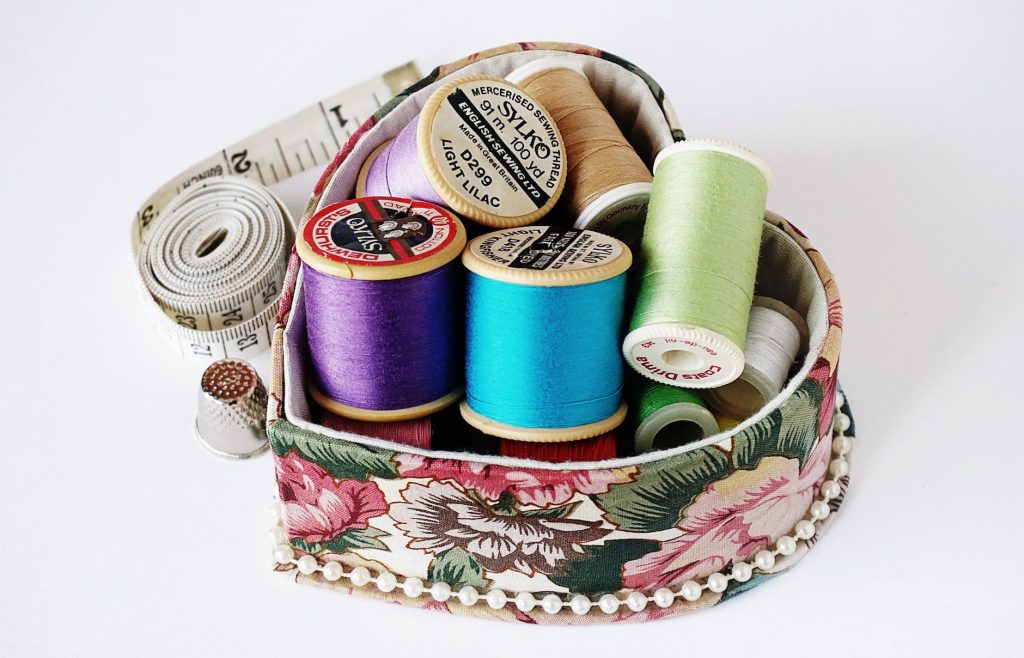
Needle Threader
A needle threader is a small tool that is used to thread a needle easily. A needle threader is especially useful for those with poor eyesight or for anyone who struggles to thread a needle. Look for a needle threader that is easy to use and that will not damage your needles.
Measuring Tape
A measuring tape is another must-have accessory for your sewing kit. A measuring tape is used to measure fabric or to take your own body measurements to ensure a proper fit. Look for a retractable measuring tape that is easy to use and fits comfortably in your pocket.
Must-Have Sewing Kit Accessories
Now that we’ve gone over some of the essential sewing tools, let’s take a look at some of the must-have accessories that will help you take your sewing skills to the next level.
Bobbins
Bobbins are small spools of thread that are used in sewing machines. Bobbins are used to provide the bottom thread for your sewing machine and should match the thread that you are using on the top of your machine. It’s important to have a variety of bobbins on hand, so you can easily switch between colors and threads as needed.
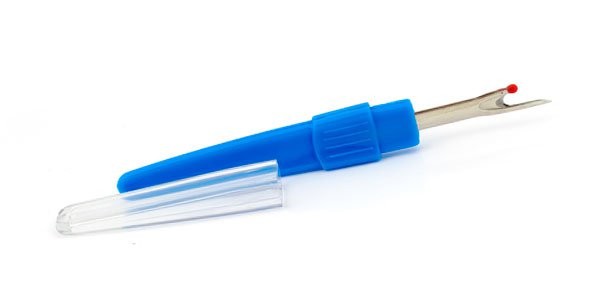
Seam Ripper
A seam ripper is a small, handy tool that is used to remove unwanted seams or to correct mistakes in your sewing. Look for a seam ripper with a sharp, pointed tip and a comfortable handle. A seam ripper is an essential tool that should always be within reach in your sewing kit.
Marking Tools
Marking tools are used to mark your fabric for cutting or to mark your patterns. Look for a variety of marking tools such as tailor’s chalk, fabric markers, or fabric pencils. Choose a marking tool that is easy to use and that will not damage your fabric.
Iron and Ironing Board
An iron and ironing board are essential for pressing your fabric and seams. A good iron should have adjustable heat settings and a steam setting for pressing delicate fabrics. An ironing board should be sturdy and large enough to accommodate your fabric.
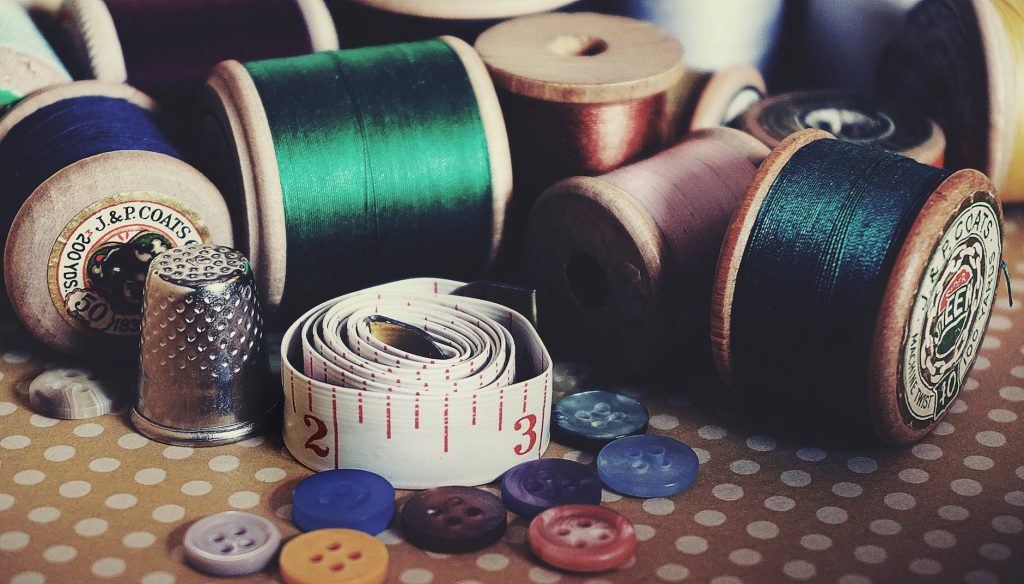
Thimble
A thimble is a small metal or plastic cap that fits over your finger to protect it while hand-sewing. A thimble is especially useful for sewing thick fabric or for hand-sewing heavy duty items such as leather. Look for a thimble that fits comfortably on your finger and that allows you to easily push the needle through the fabric.
Sewing Machine Feet
Finally, don’t forget about the different feet that your sewing machine can use. Different feet are designed for different tasks, such as zigzag stitching, buttonhole making, or gathering. Invest in a variety of feet to make your sewing machine more versatile and to expand the range of projects that you can complete.
How to Choose the Right Accessories for Your Sewing Kit
When it comes to choosing the right accessories for your sewing kit, there are a few things to consider. Here are some tips to help you make the right choices:
- Consider your level of experience: If you’re just starting out with sewing, you may not need all of the advanced accessories right away. Focus on the basics and then add more accessories as you progress in your skills.
- Think about the types of projects you’ll be working on: Different projects require different tools. For example, if you’re planning on doing a lot of quilting, you may want to invest in a rotary cutter and a cutting mat.
- Choose high-quality products: While it may be tempting to buy cheap accessories, it’s important to invest in high-quality products that will last. You don’t want to have to replace your tools every few months because they break or wear out quickly.
- Read reviews: Before making a purchase, be sure to read reviews from other sewers. This can give you an idea of the quality of the product and how well it performs.
- Don’t forget to budget: While it may be tempting to buy every accessory under the sun, it’s important to stick to your budget. Prioritize the essentials and then add more accessories as your budget allows.
By following these tips, you can be sure that you’re choosing the right accessories for your sewing kit and that you’ll have the tools you need to complete your projects with success.
Conclusion
Having the right accessories in your sewing kit will make all the difference in your sewing projects. Whether you’re just starting out or you’re an experienced seamstress, be sure to have these must-have accessories on hand to make your life easier and your projects more efficient. From scissors and pins to a variety of feet for your sewing machine, these tools will help you complete your projects with confidence and success.
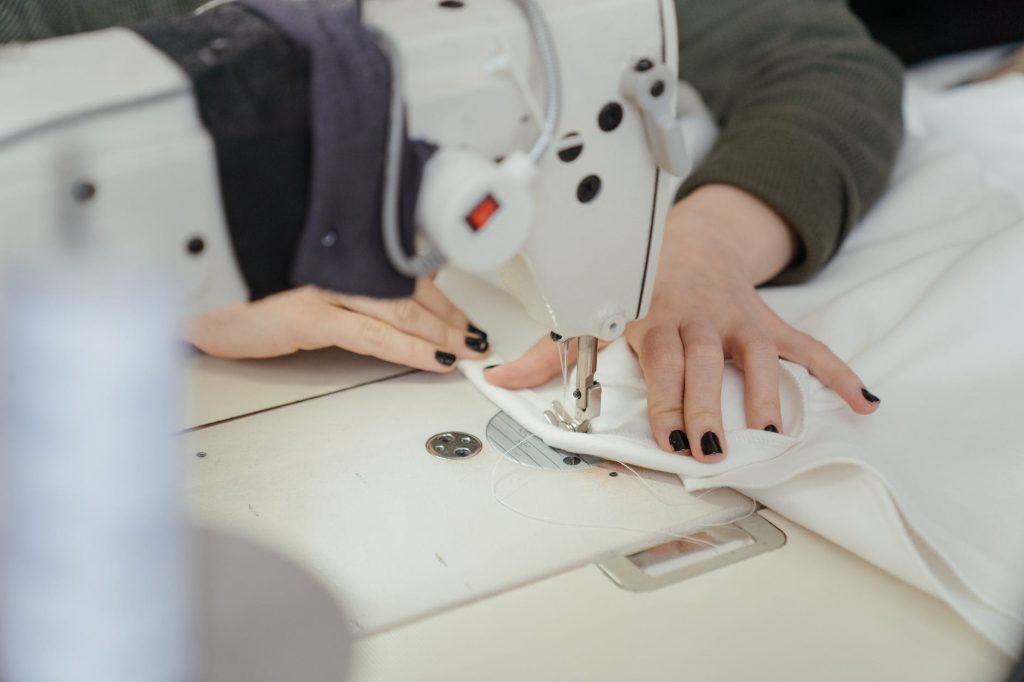
FAQs
Q: What type of scissors do I need for sewing?
A: You should have at least two types of scissors in your sewing kit: fabric scissors and embroidery scissors. Fabric scissors are used for cutting fabric, while embroidery scissors are used for snipping threads and making small cuts.
Q: What should I look for in a good pair of scissors?
A: When choosing a pair of scissors, look for a comfortable grip, sharp blades, and the ability to easily cut through multiple layers of fabric.
Q: Can I use regular pins for sewing?
A: Regular pins can be used for sewing, but sewing pins are specially designed for the task and have a sharp point and a comfortable grip.
Q: Is a thimble necessary for sewing?
A: A thimble is not necessary for all sewing projects, but it can be helpful for pushing the needle through thick or multiple layers of fabric.
Q: Do I need a special type of needle for hand-sewing?
A: No, you don’t need a special type of needle for hand-sewing. However, you may want to invest in a pack of assorted needles so you have the right size for different projects.
Q: Is it necessary to have a measuring tape specifically for sewing?
A: Yes, it’s a good idea to have a measuring tape specifically for sewing. A measuring tape is used to measure fabric or take body measurements, and a retractable measuring tape is easy to use and store in your sewing kit.
Q: How often should I replace my seam ripper?
A: You should replace your seam ripper when the tip becomes dull or when the handle becomes damaged. A dull tip will make it difficult to remove seams, while a damaged handle can cause discomfort while using the tool.
Q: Do I need a different foot for every type of stitch on my sewing machine?
A: No, you don’t need a different foot for every type of stitch on your sewing machine. However, investing in a variety of feet can make your sewing machine more versatile and allow you to complete a wider range of projects.

